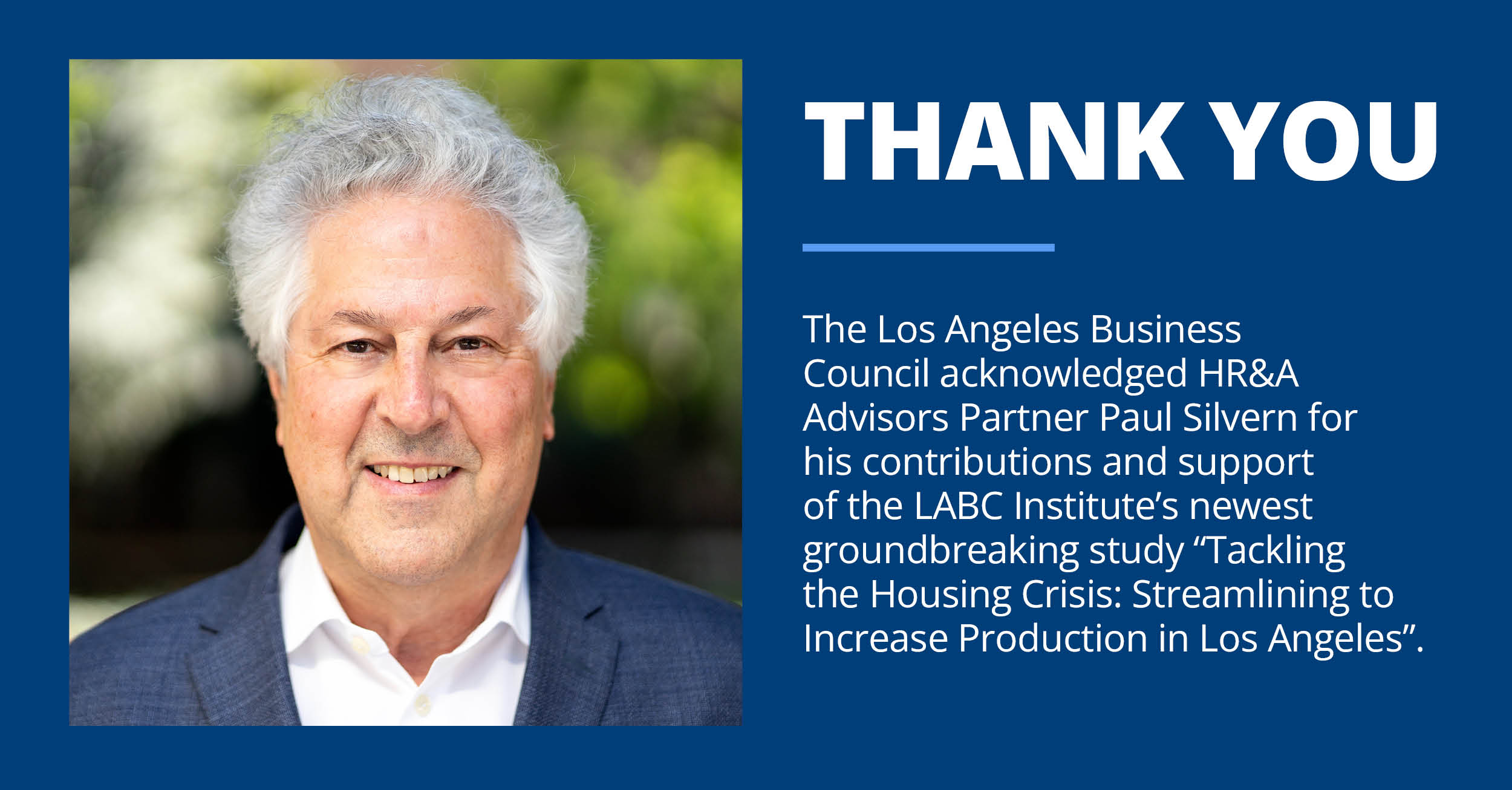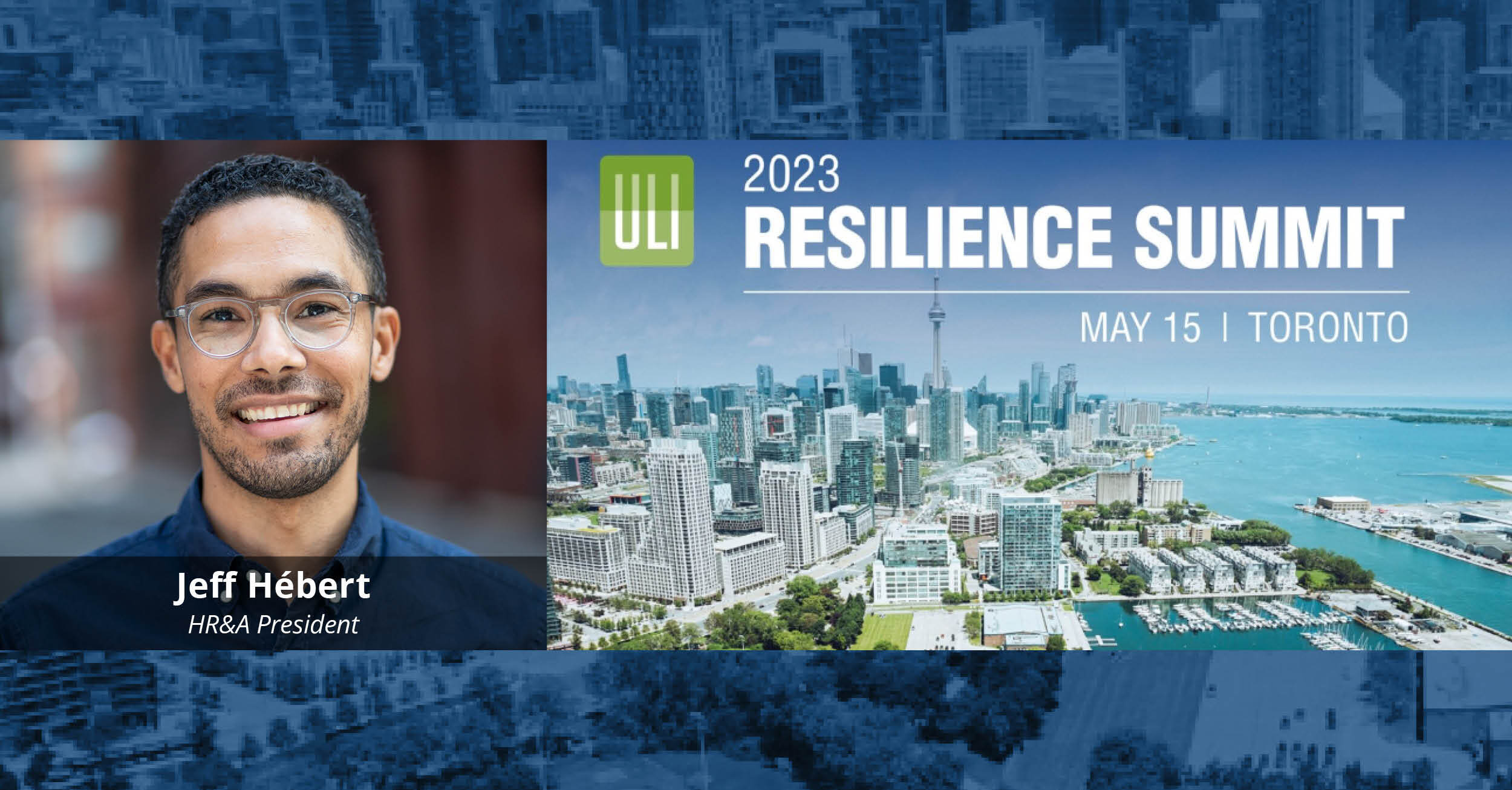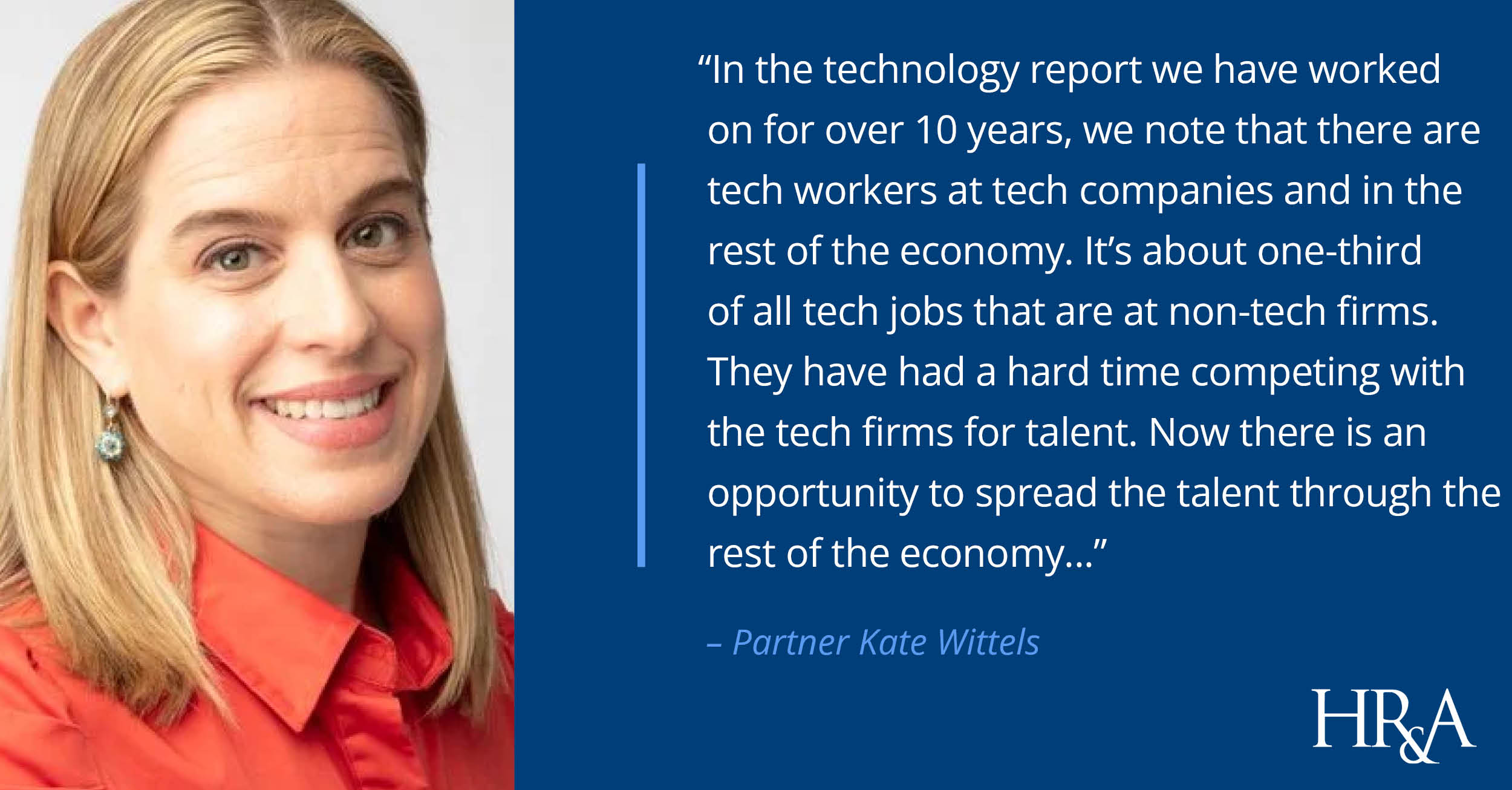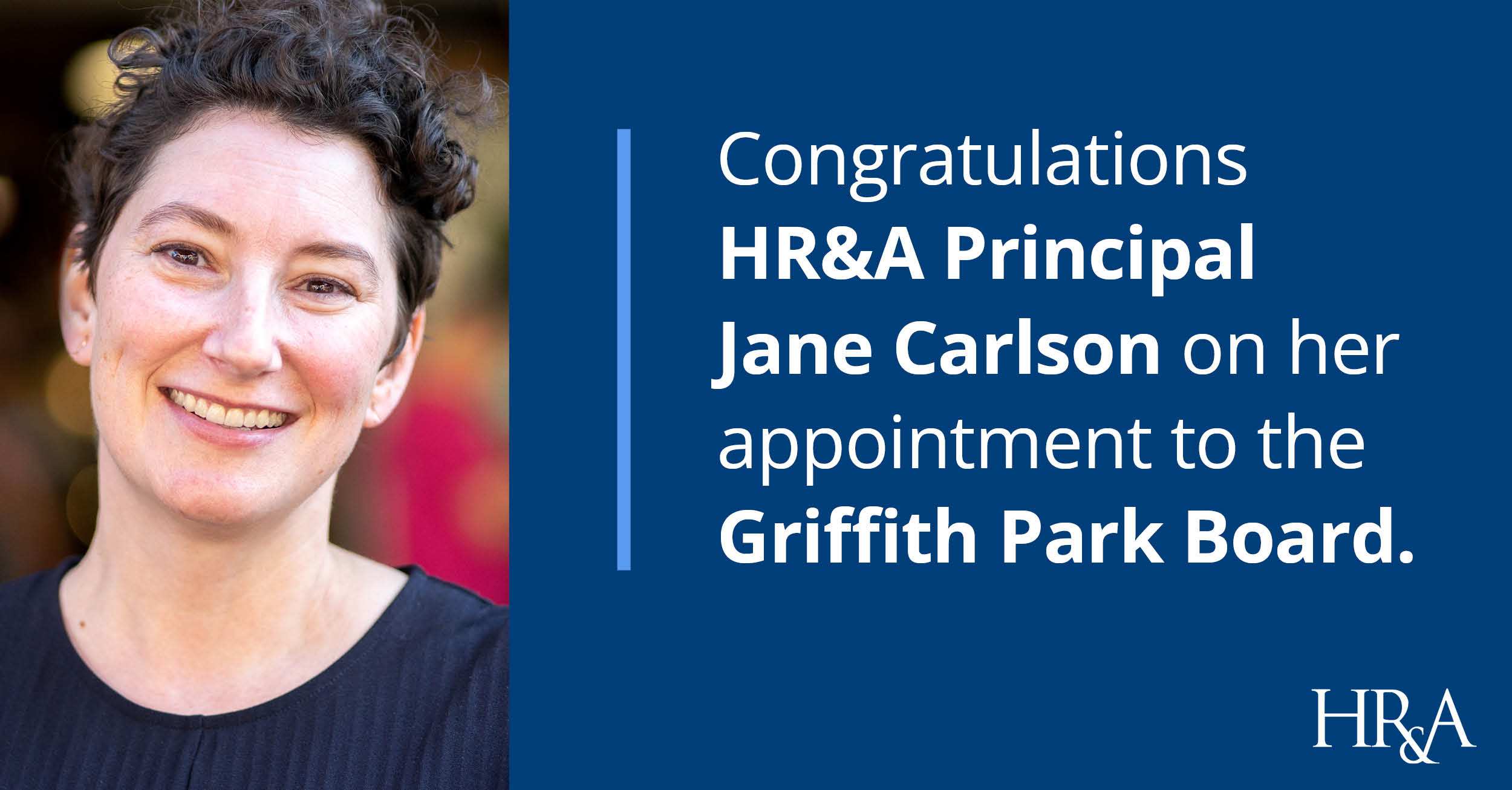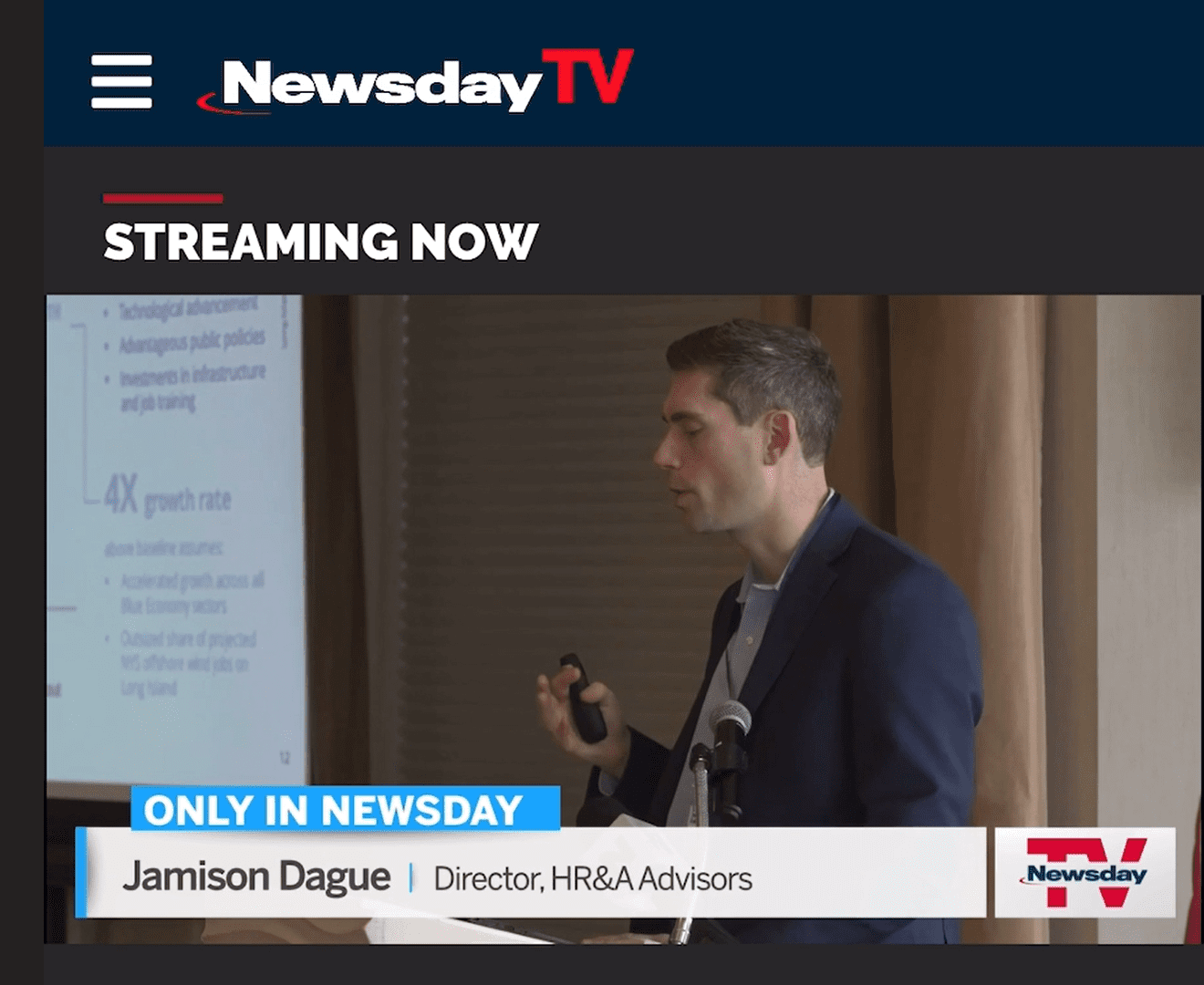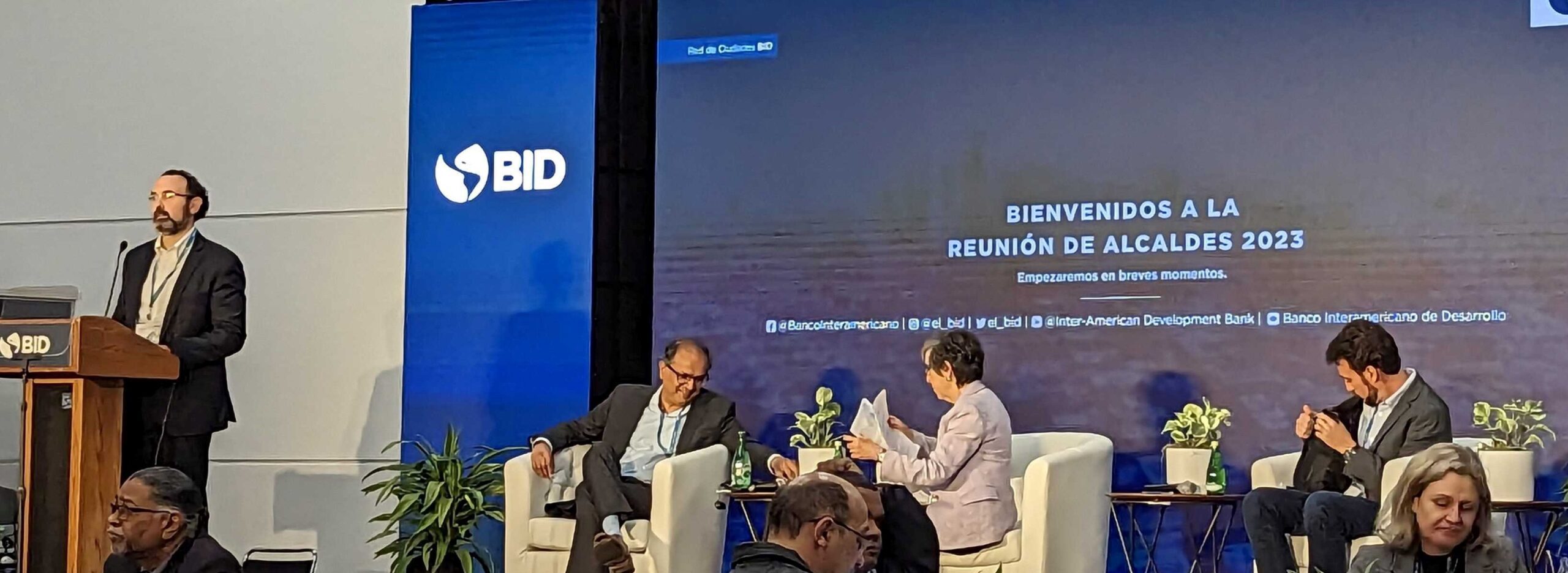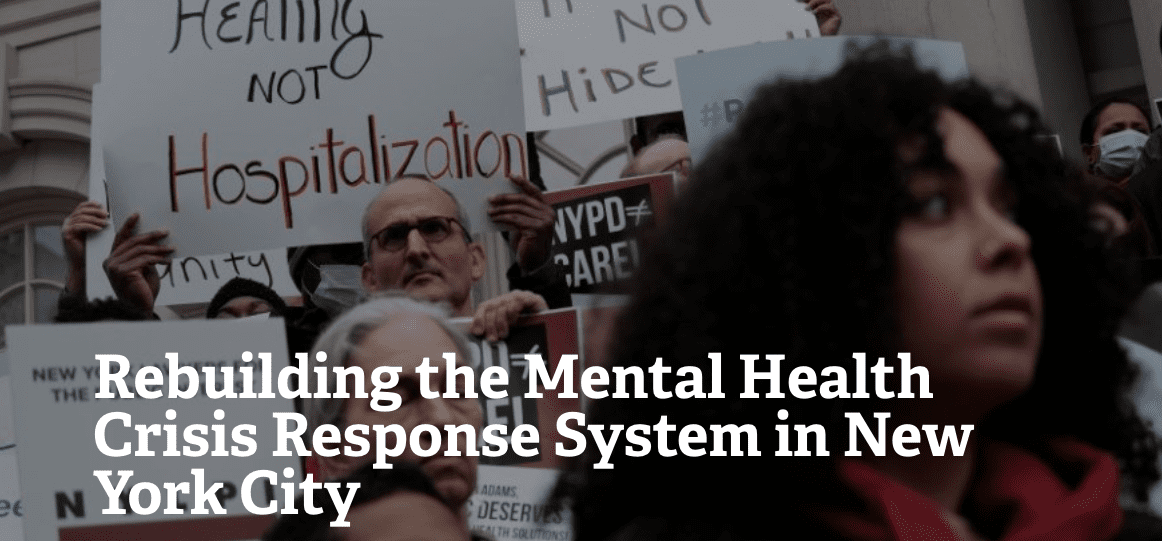We sat down with Partner Judith Taylor and HR&A Los Angeles Managing Partner Andrea Batista Schlesinger to discuss their impactful work in L.A. and the opportunity they see in the region for new, innovative approaches to the complex, interconnected challenges facing our cities.
What does it mean to design and execute more equitable neighborhoods and cities? And can you give some examples of the work that you are doing in LA?
Judith: To me, designing and executing more equitable neighborhoods and cities means ensuring that folks who live in these places really have a voice in shaping how their neighborhoods and communities evolve. All too often, it feels like development happens to a community as opposed to a community developing their neighborhood and shaping what they want to see.
For example, early in my career, I worked on a project with Metro supporting the development of design guidelines for transit-oriented development along the the Crenshaw/LAX line (which is now the K line). Metro owns property along this, and many of its lines, and we spent about a year going to a number of different meetings within the community to help them think through the opportunity and potential of this public investment. That should be the case for every development project. This was back in 2016 and 2017, and I’ve been working since then to shape and refine the tools that we use to give people what they need to really shape their communities and do that shaping for themselves. I’ve spent much of my career really focused on this work.
Andrea: A lot of our work focuses on the acknowledgment that traditional approaches to economic development, policy, and planning have created and reinforced racial divides in cities across the United States, and few places more clearly than LA.
When our firm was founded 40 years ago in LA, there was a prevailing notion that any economic development was good economic development because the country had given up on cities as a result of a very politically driven narrative at that time. But as we now know, those approaches — which were a result of collaboration between public actors and private actors — often resulted in inequitable outcomes that actively harmed underserved communities of color. Those systems colluded to make sure that our cities were planned, experienced, lived, and developed in ways that reflect a deep and structural racism.
Today, what we’re trying to do is reverse the way these systems have been deployed, so that we measure our success, as Judy said, by the degree to which people are benefiting that have been intentionally excluded. For example, when we work to create a public bank that would allow cities to have another financing mechanisms to do what private banks won’t (invest in black and brown communities) that is an equitable approach to economic development.
Since you both work in cities across the country, what do you think are some of the unique challenges facing LA compared to other US cities?
Andrea: I cannot think of a more interesting place to work right now. There’s a really exciting mixture of things impacting our work here. You have:
-
- A political re-alignment with a Black woman mayor, a progressive city council, and a changed LA County Board of Supervisors;
- A robust organizing network with philanthropic entities that are committed to the civic life of the city;
- An Olympic game coming, which will be transformative;
- A number of other transformative land use projects from airports to rivers to train stations at stake; and
- A fascinating set of state policies that could enable local action on things from addressing homelessness to divesting from police.
The list goes on… but the question, of course, is how will LA respond to this moment? This is a very interesting and fertile moment for anybody that cares about the intersecting issues of policy, economic development, and planning. LA has all the ingredients for something important and significant to happen.
And at HR&A, the people who work in our LA office are people who want to help make significant change happen. They are people who want to take the promise of policy and politics and actually translate it into changed lives and communities. LA is a lab right now where we can create new approaches that will set the tone for other cities.
Judith: Andrea, I really think you hit the nail on the head. I always tell people that of all places across this country, there’s just so much opportunity in LA. The only other thing I would add is the changing economy and move towards resilience and the green economy. California has a lot of amazing legislation that’s going to stop the use of fossil fuels and cars within the next decade. And Los Angeles has a real opportunity to be an anchor of that as well.
What are you most excited about in the Inclusive Cities practice in LA?
Judith: I’m working with LA County to help them understand if a Tenant Opportunity to Purchase Act (TOPA) could be potentially deployed in unincorporated areas in the county. This policy would give tenants the first right of refusal on properties where they’re renting before the properties are sold. It would be a game changing policy for Southern California.
There’s a major crisis in Southern California around affordable housing that is impacting very low-income folks, but also for moderate and middle-income folks. This challenge has really impacted communities of color particularly, where home prices are making it extremely challenging for families to be able to stay in LA.
This policy could really give folks a fighting chance to have better opportunities to purchase the homes they are living in and stay within their communities. This ties back to what we were talking about earlier, because ensuring folks have housing in their neighborhoods is the first step in their ability to shape how their communities develop for generations.
Andrea: The work we are doing in LA for our Inclusive Cities practice is incredibly exciting, and we are growing! We are a group of entrepreneurial people that weren’t born consultants — we come from a wide range of backgrounds and that diversity of experience and perspectives enriches our work and sets us apart. We bring this wide range of approaches, methodologies, passions, and we have found a way to put them to use in the service of making just and equitable cities.
Interested in learning more? Check out our Inclusive Cities Practice and Careers pages.
